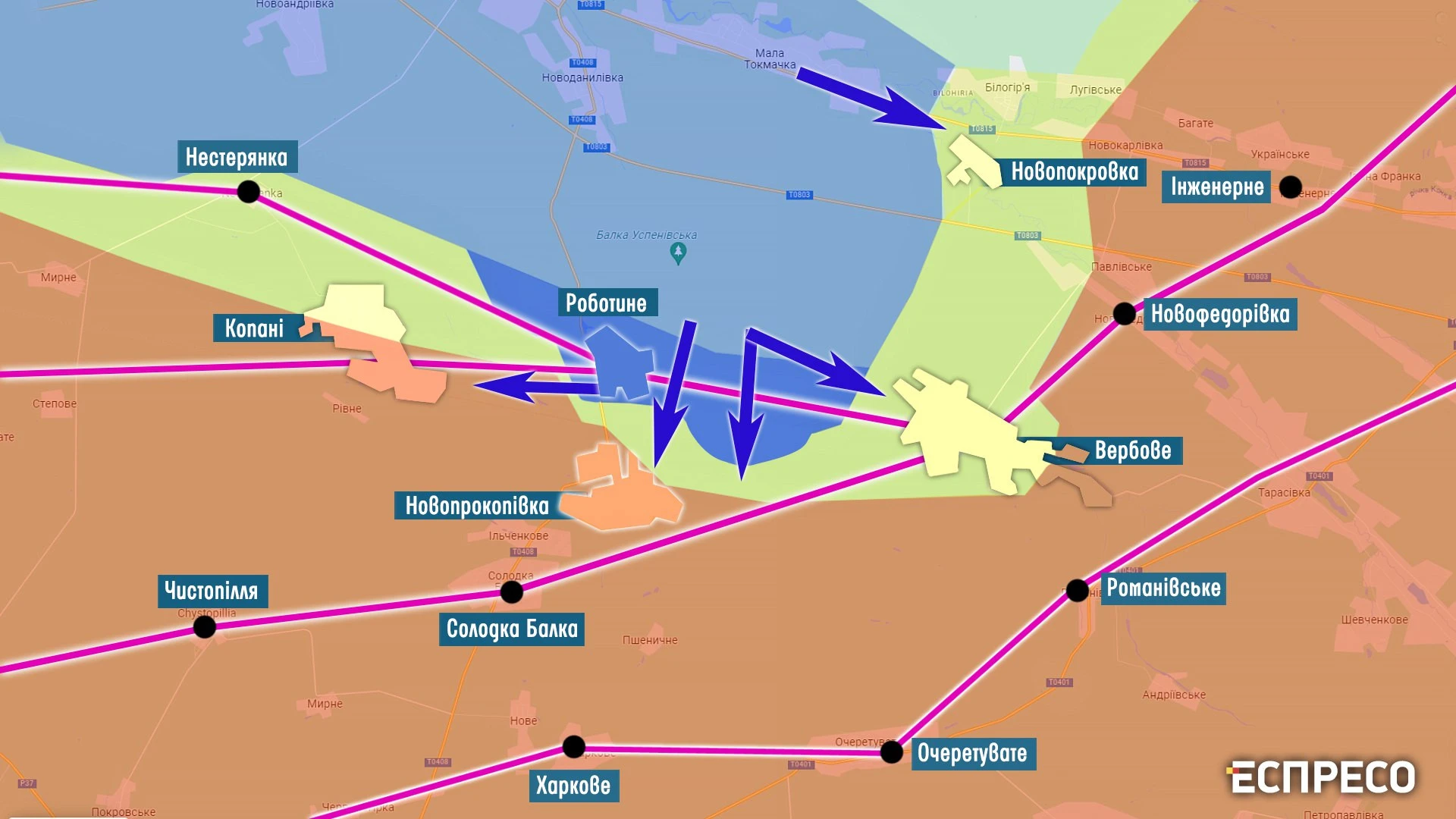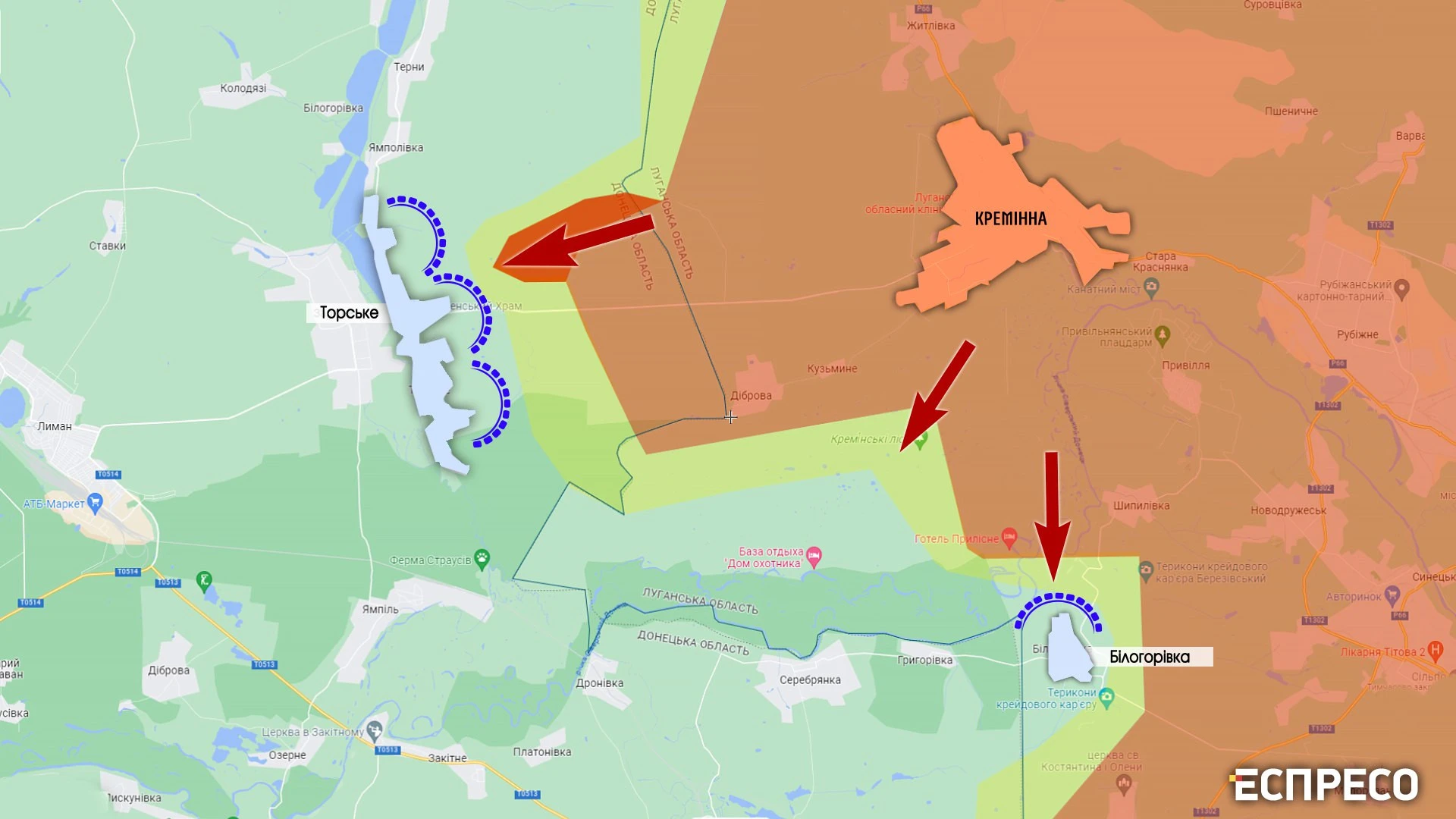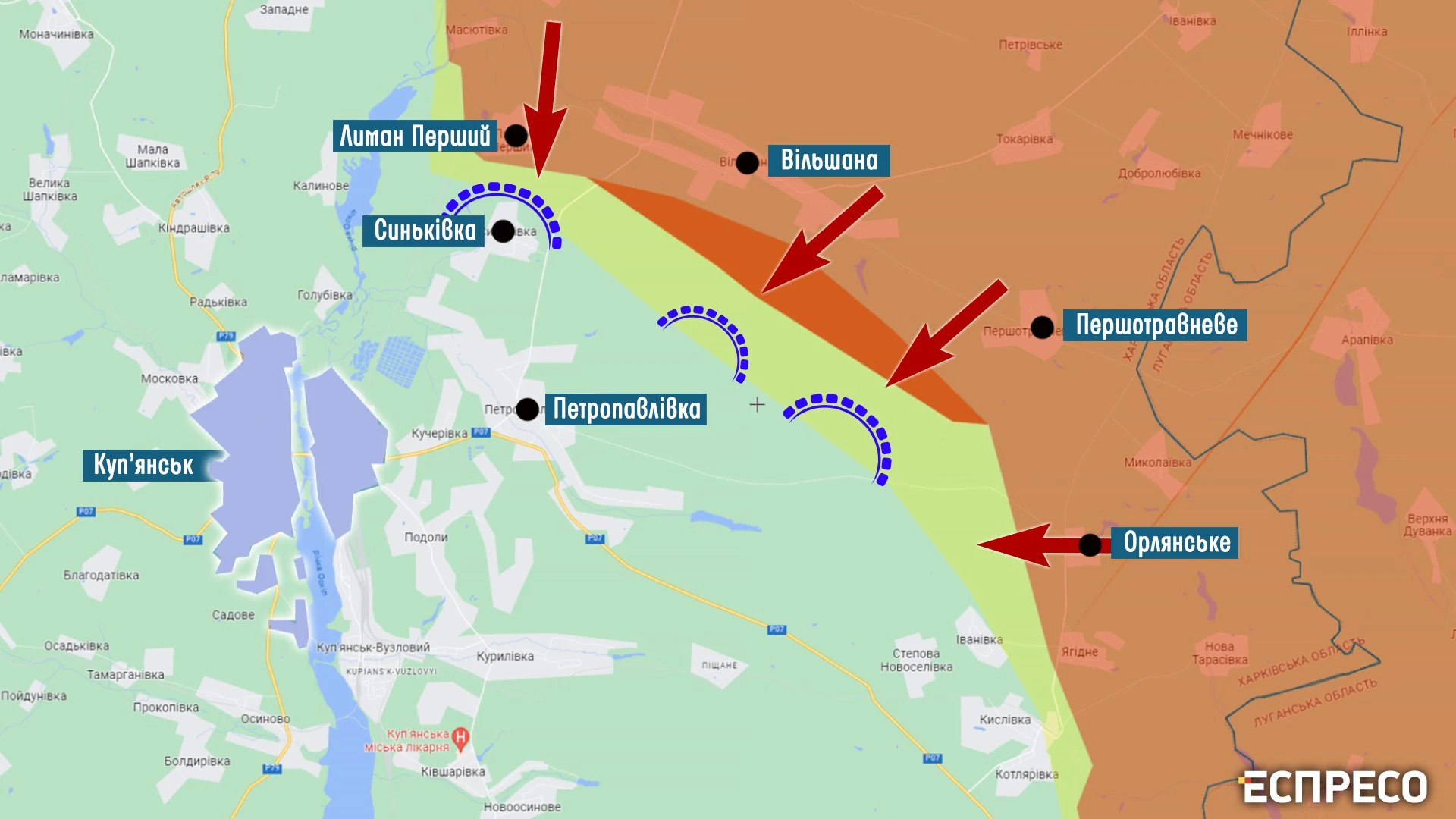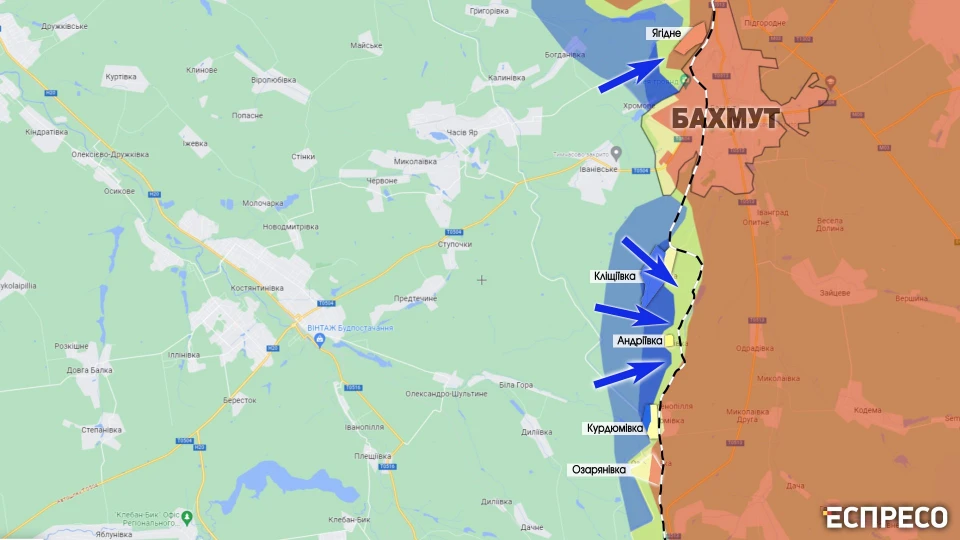
Russian troops keep attacking from Kupyansk to Kreminna, changing focus areas - military expert Serhiy Zgurets
Each part of the frontline remains highly strained. A subtle strategy is unfolding, involving a race to employ and deplete reserves and avoid errors, all considering numerous interconnected factors
Frontline situation
On August 28, the Ministry of Defense officially declared the liberation of Robotyne settlement in the Zaporizhzhia sector. Our forces are now advancing towards Novoprokopivka and Ocheretuvate.

Reports indicate that in certain areas Ukrainian Armed Forces have managed to break through the first line of defense and reach the second, which is the main line known as the "Surovikin line" with concrete pyramid-like structures. This line originates from behind Novoprokopivka, curves, and extends in front of Verbove.
General Mark Milley, the chairman of the US Joint Chiefs of Staff, stated two days ago that the initial tough line of defense had been breached, and though the Defense Forces retained significant combat strength, the attack's pace was slower than expected. The general also acknowledged the stark difference between theoretical war plans and the realities of war.
It is reasonable to predict that Ukraine’s Armed Forces will continue their offensive towards Tokmak. This hub plays a crucial role in the enemy's support of their occupation group in the south. The distance between Robotyne and Tokmak is approximately 19 km. It's plausible that the southern front might also witness heightened activity to divert enemy forces. Although some voices in the public domain have referred to assessments from the American Institute for the Study of War, suggesting that breaking through the defense near Robotyne would facilitate easier advancement for the Armed Forces, these conclusions may not be entirely valid considering the complex fortifications of the Surovikin line, which our troops need to navigate.
It's important to remember that protection isn't solely reliant on trenches or pyramids. The outcome will hinge on the enemy's commitment of forces to defend this line and how effectively they can withstand our artillery fire. Such factors are challenging to accurately gauge at this point. The situation across all fronts—north, east, and south—is interconnected. Movements in one direction seek to engage significant enemy forces and potentially redirect enemy reserves to weaken other fronts. There are indications that the enemy has shifted units of the 76th Guards Air Assault Division from Kreminna to the south to reinforce the front line near Robotyne, highlighting the considerable pressure the occupiers are experiencing in the south.
Nevertheless, the enemy continues its attempts to launch attacks from Kupyansk to Kreminna, altering their points of focus.

Currently, all along the front line, the situation remains highly tense. A strategic game is unfolding, where parties are vying to deplete their reserves first and avoid critical errors considering the complex web of factors at play.
Yuriy Fedorenko, who commands the ACHILLES company, responsible for unmanned attack aircraft complexes within the 92nd separate assault brigade, reported that the enemy in the Kupyansk direction is actively testing the front line and occasionally launching assault actions.

The commander further explained that the Defense Forces of Ukraine are functioning as a synchronized unit in this area. Often, one brigade conducts reconnaissance, another backs it up with artillery, and a third one utilizes drone strikes against the adversary. Currently, the enemy lacks the momentum to seize the initiative or make significant tactical advances.
Active combat persists in the Bakhmut sector. The enemy is attempting counter-attacks in some areas, but these efforts have not yielded success.

These enemy actions often lead to considerable losses in both personnel and equipment, as they come under periodic fire during these counter-attacks.
Fedorenko highlighted that in other parts of the front, the Defense Forces are persisting in offensive operations while securing newly established positions as best as they can. Notably, there's a heavy concentration of enemy artillery in the Bakhmut direction, with a substantial number of guns amassed by the enemy. Despite the Russians having an adequate ammunition supply, their weaponry, armored vehicles, and artillery transports are sustaining daily damage. This grants the Defense Forces the upper hand, though it's a demanding undertaking achievable through unwavering support from the Ukrainian people.
The serviceman conveyed that the enemy has adopted a more cautious approach regarding their armored vehicles. This shift is due to the immediate destruction of anything that enters the operational space or the gray zone close to the Armed Forces' positions. UAVs and anti-tank weaponry work in synergy for these responses. In terms of using artillery and tanks from concealed positions, the enemy is attempting this tactic but encountering a robust counter-response. Operations are ongoing.
Prospects for foreign defense companies in Ukraine
The Ukrainian military has pressing needs, including ammunition, artillery, electronic warfare equipment, and armored vehicles. These requirements can be met through both foreign purchases and domestic production in Ukrainian defense enterprises. President Volodymyr Zelenskyy recently announced the upcoming Military Tech forum in October, which will host representatives from foreign companies. This event might facilitate contract signings and establish collaborations with foreign enterprises.
Pavlo Verkhniatskyi, the director and managing partner of СОSA and a member of various international working groups, highlighted that Ukraine is currently navigating challenges. Defense companies are accustomed to operating amid uncertainty. However, larger industry players usually prioritize their primary client. Foreign companies are particularly concerned about the uncertainty surrounding potential defense orders in Ukraine. Another significant concern is technology transfer. Initial projects might focus on essential and traditional systems and equipment, considering ongoing legislative and operational adjustments. The availability of skilled labor is also crucial for successful collaborations, as uncertainty exists regarding the workforce's ability to produce new components or complete equipment.
Verkhniatskyi emphasized that foreign companies lack a comprehensive understanding of Ukraine's detailed strategic vision for future cooperation. It's vital to communicate this vision more clearly and in greater detail, in addition to providing reassurances. The competition among foreign manufacturers is fierce.
Strategy-wise, being the first to enter the market is advantageous. The first entrant gains a significant edge in defense procurement matters. Foreign companies aim to localize production to meet a certain quantity rather than necessarily selling large volumes of equipment to a single country. This approach allows them to bolster their armed forces and potentially manufacture licensed products for other nations. This is an effective strategy.
- News














































